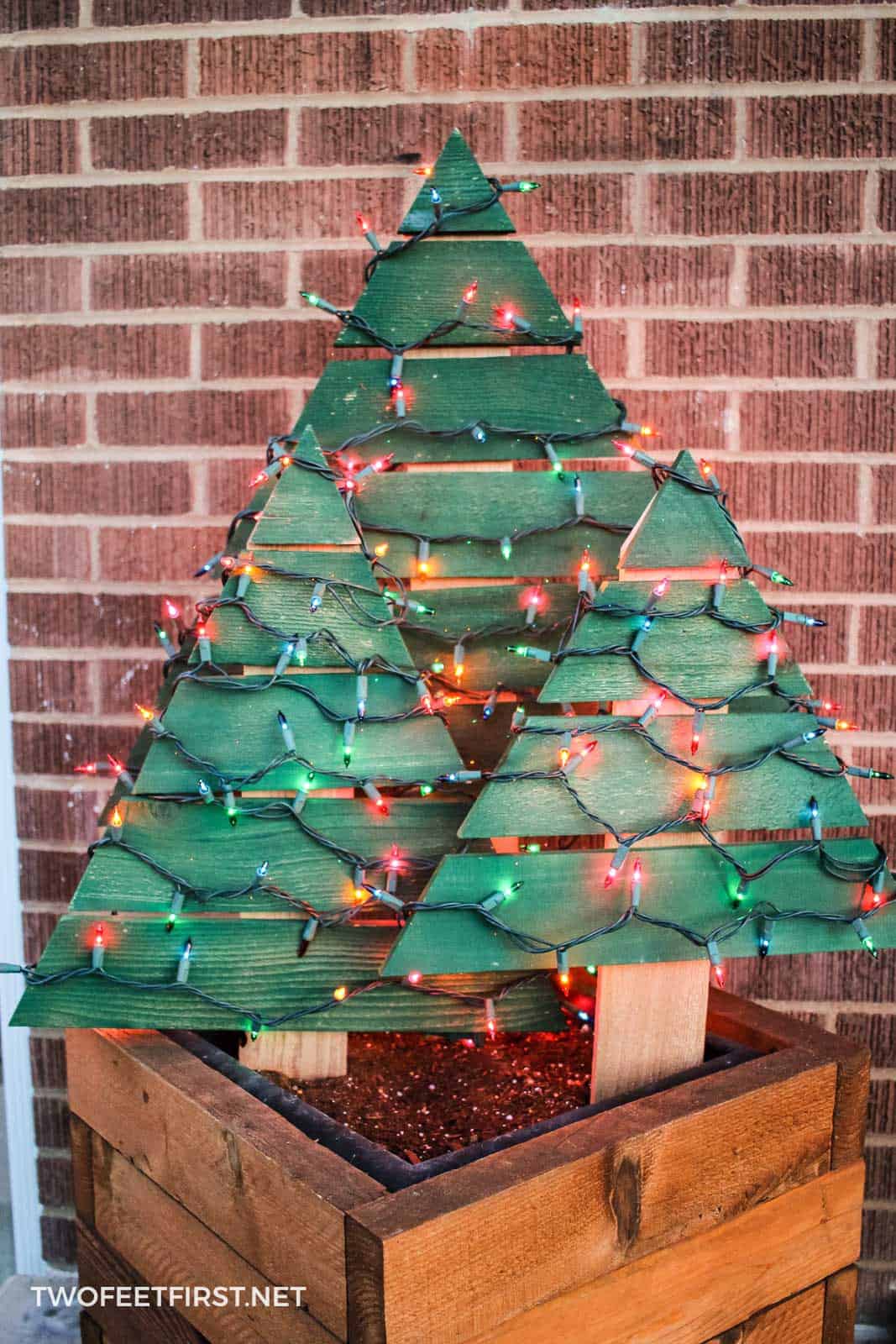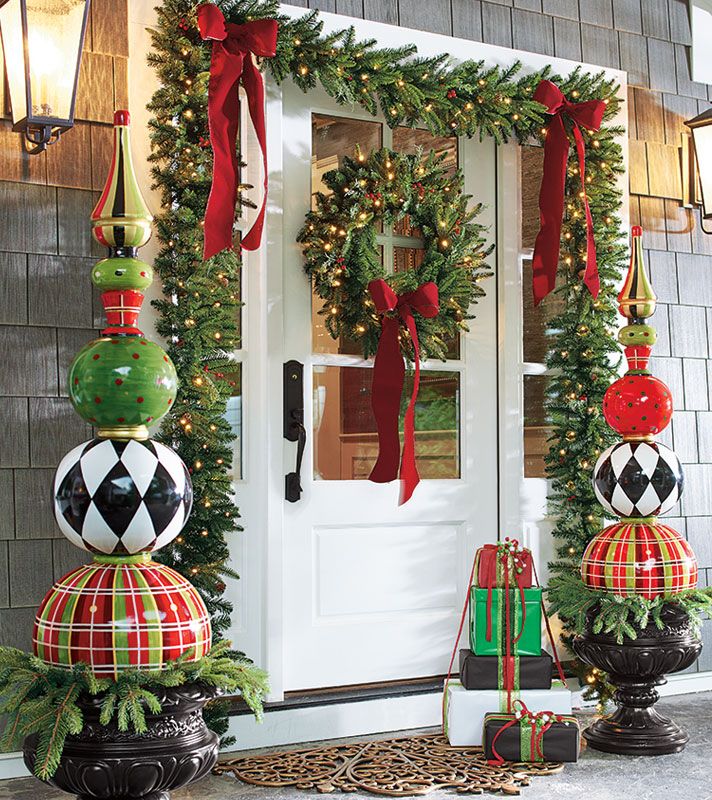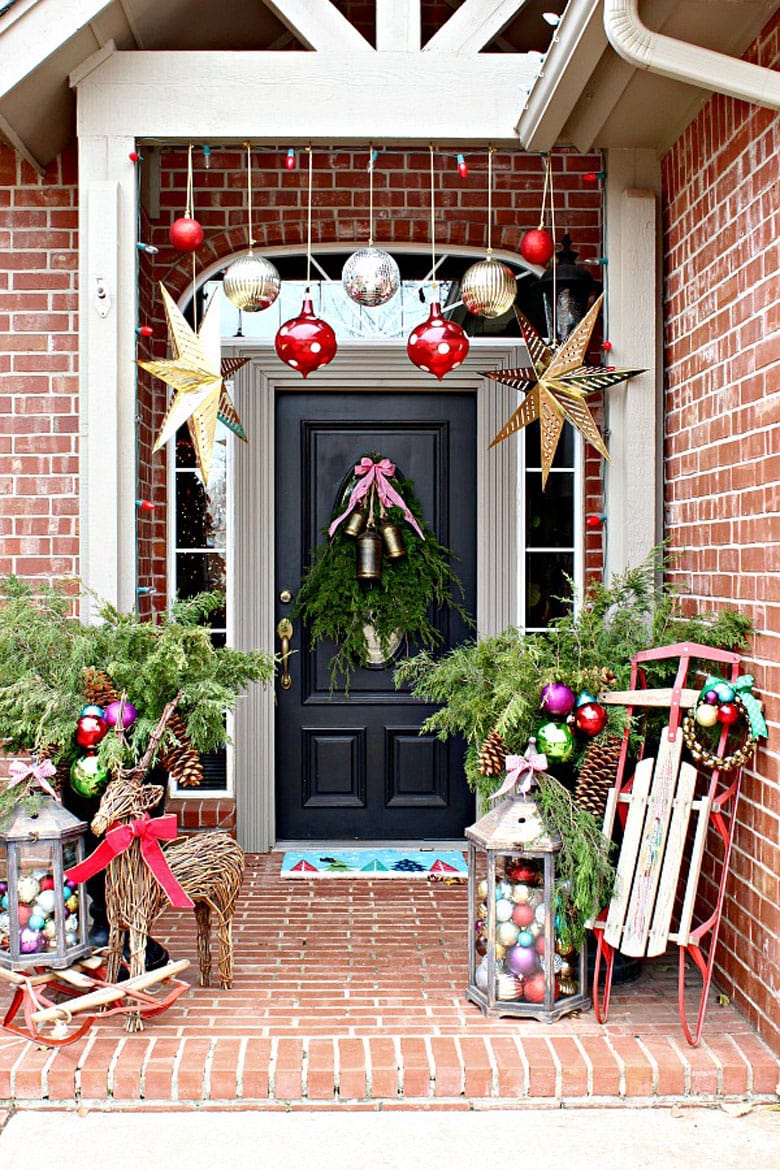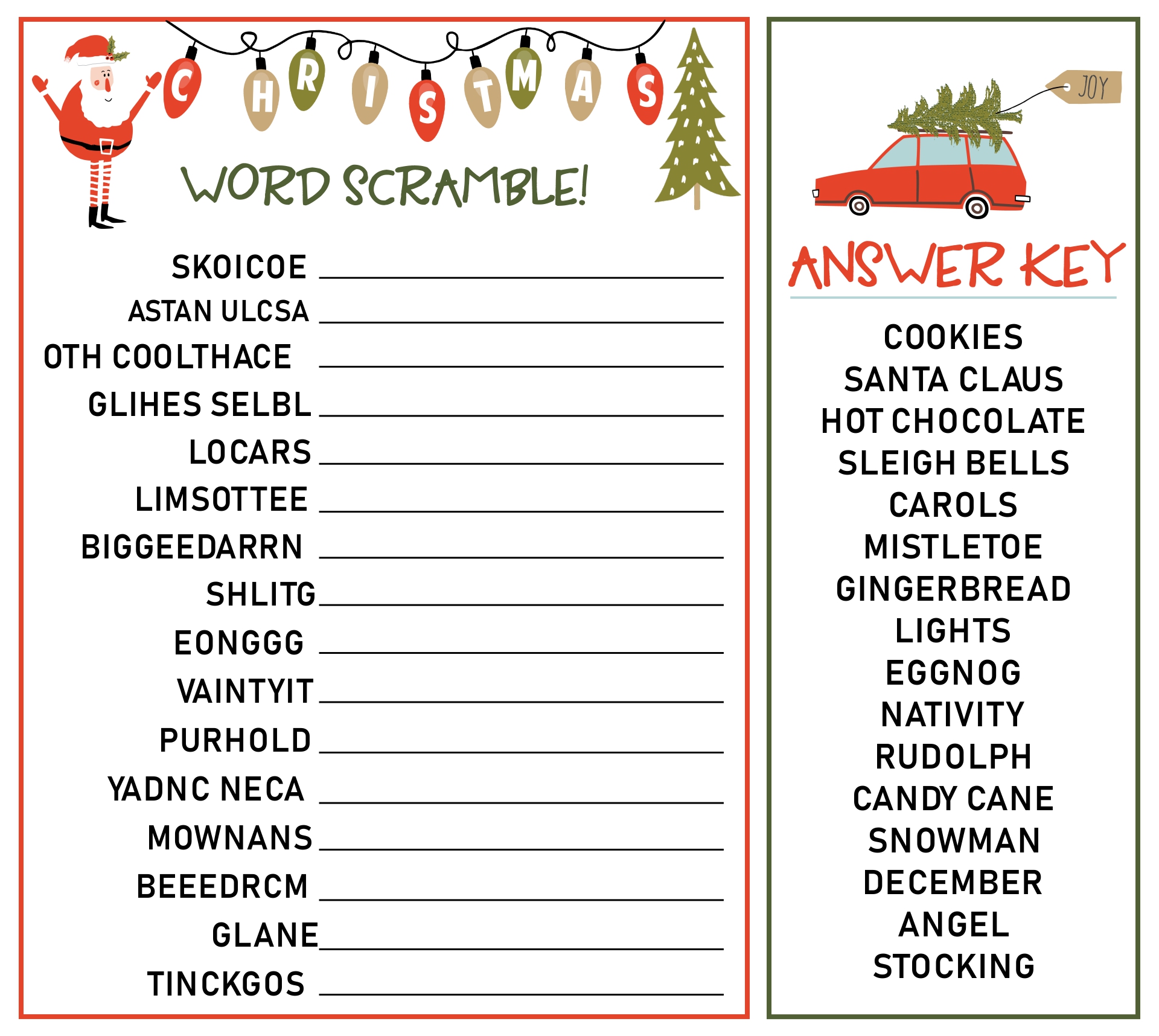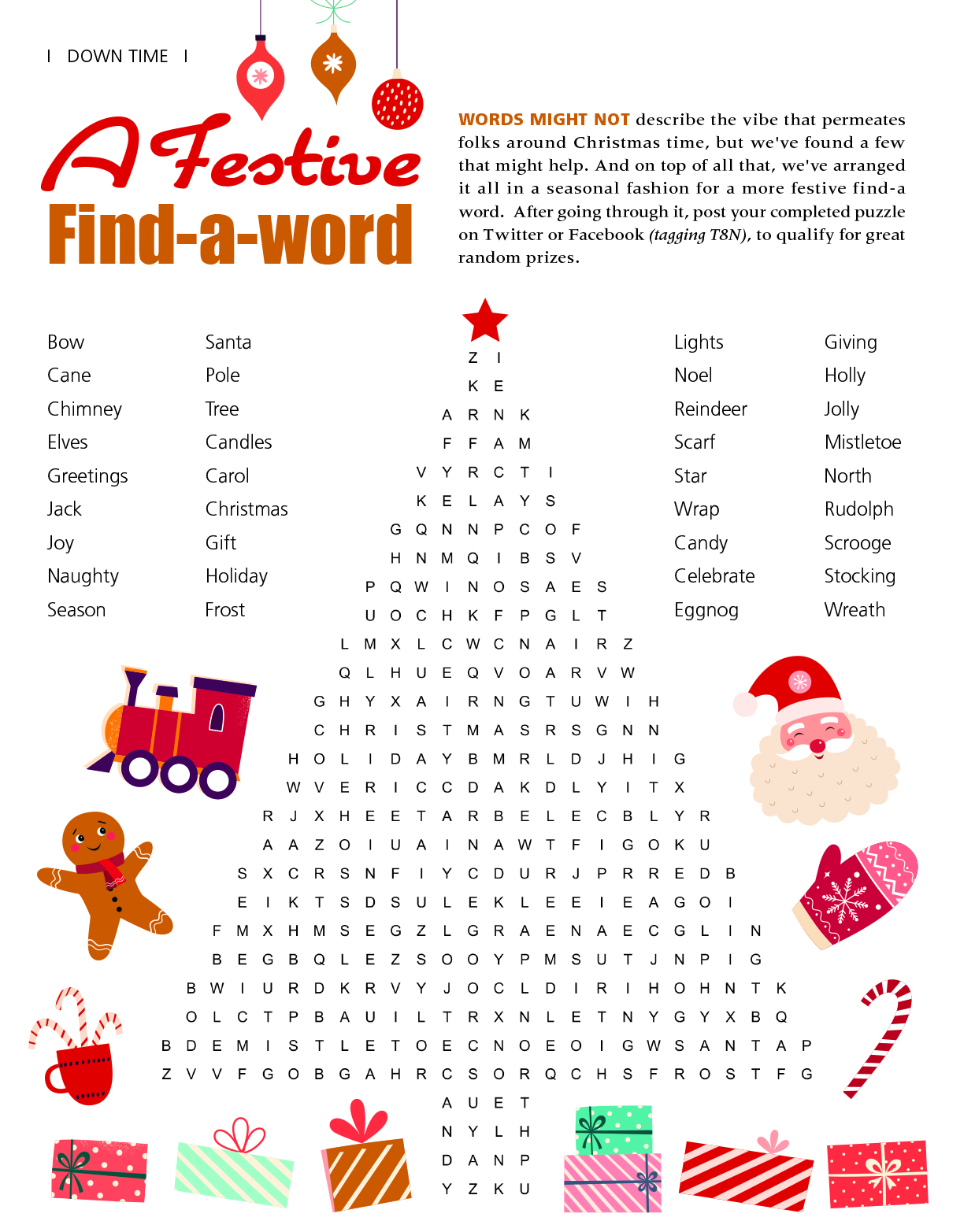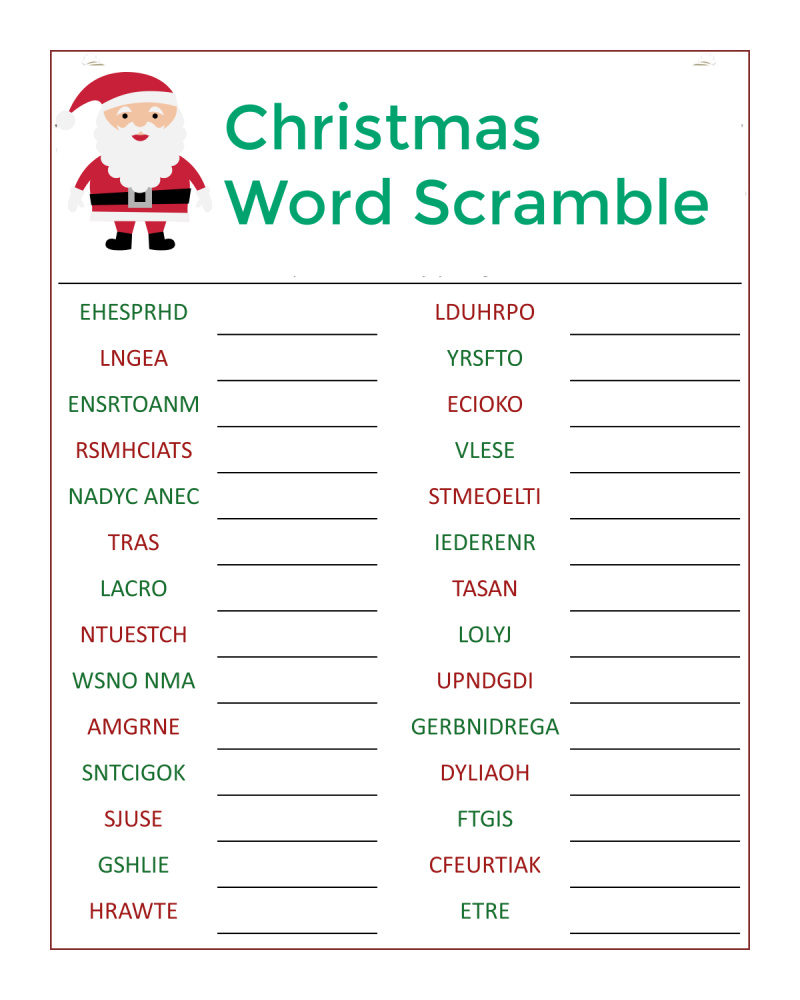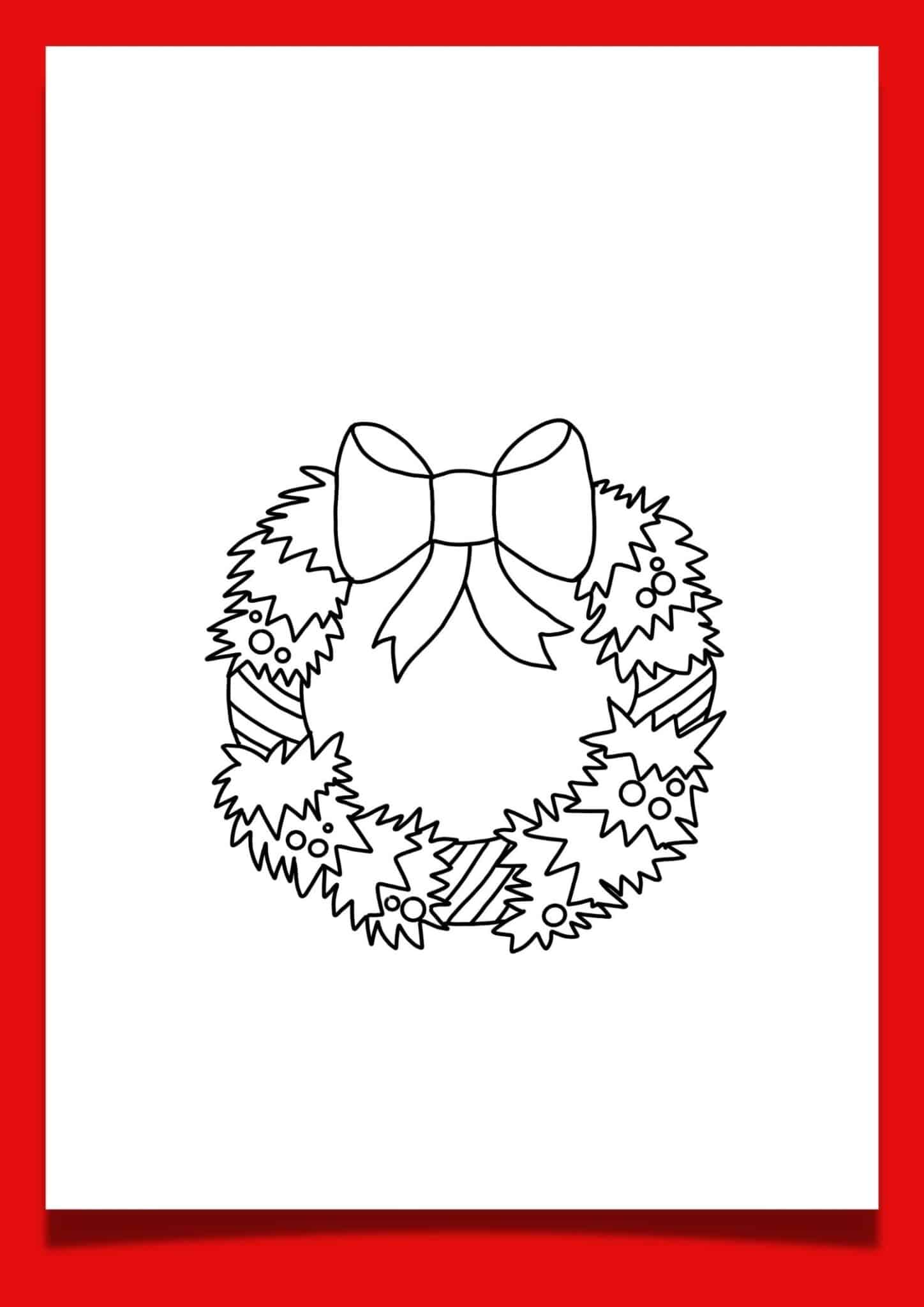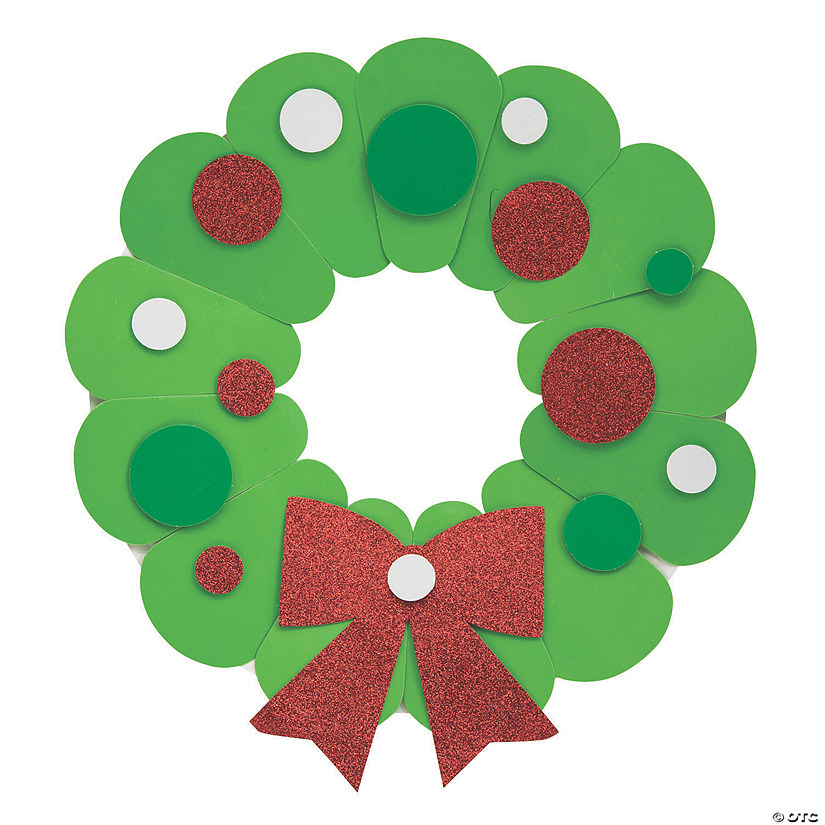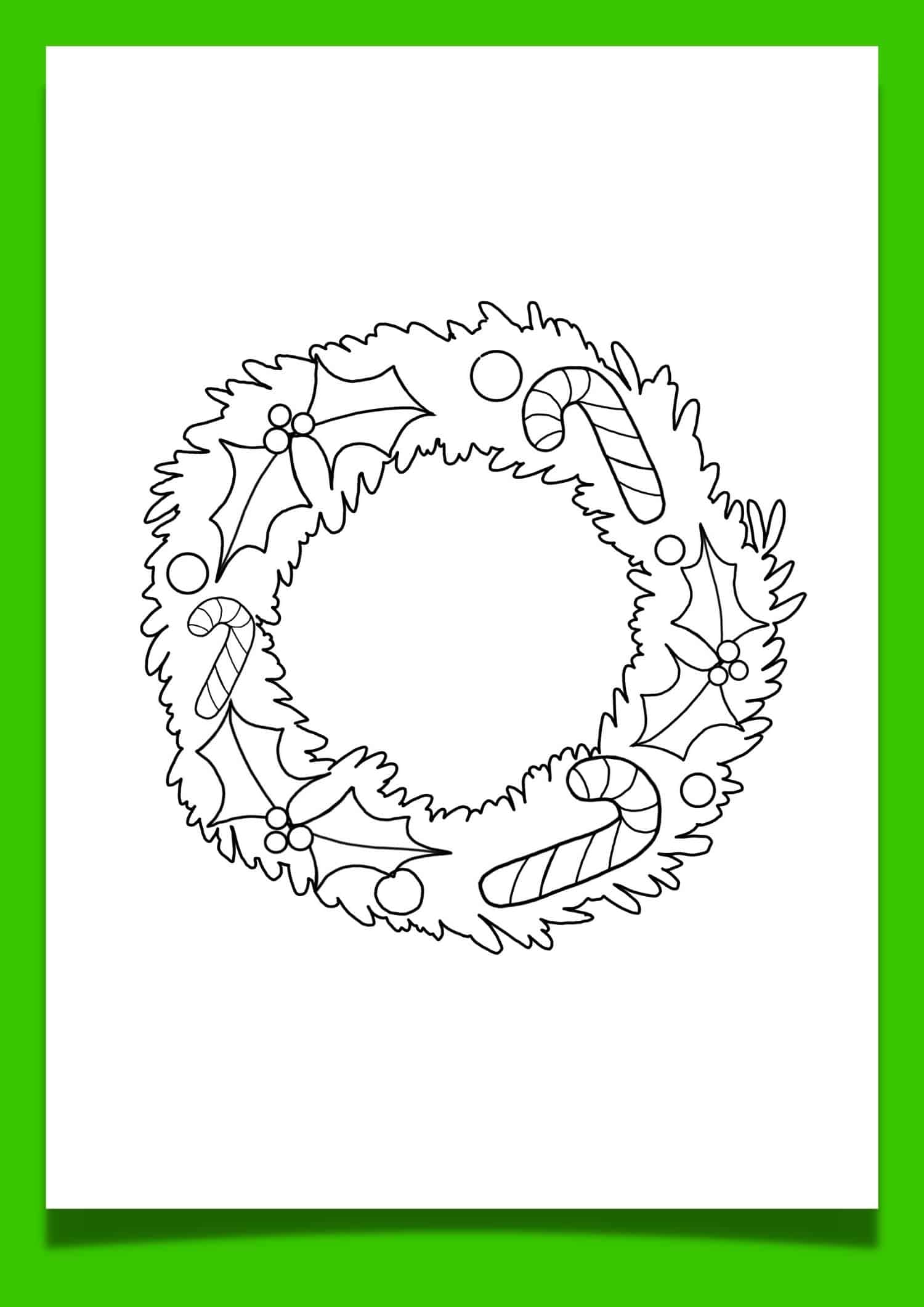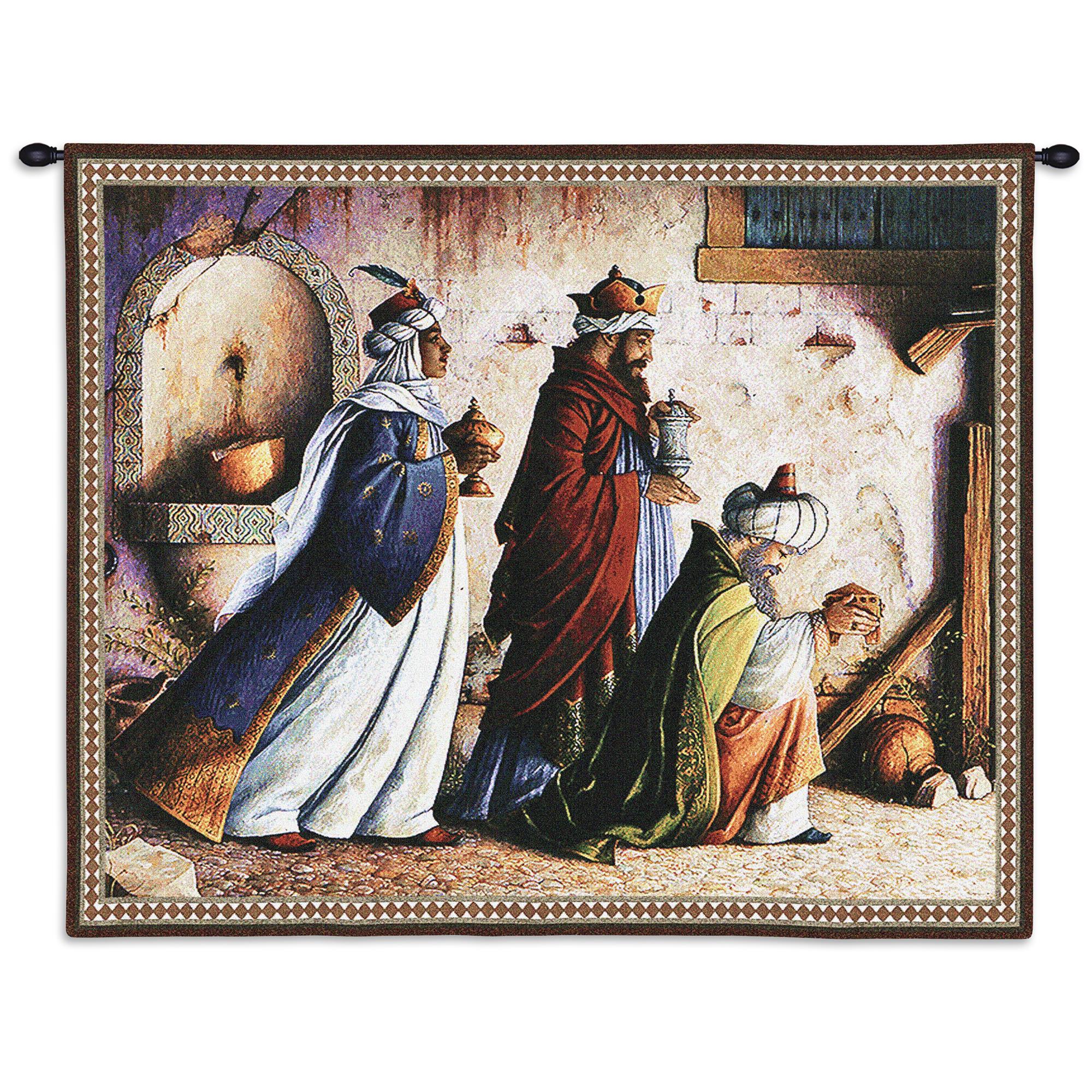The Art Of Miniature Worlds: A Guide To Christmas Village Layouts
The Art of Miniature Worlds: A Guide to Christmas Village Layouts
Related Articles: The Art of Miniature Worlds: A Guide to Christmas Village Layouts
Introduction
With enthusiasm, let’s navigate through the intriguing topic related to The Art of Miniature Worlds: A Guide to Christmas Village Layouts. Let’s weave interesting information and offer fresh perspectives to the readers.
Table of Content
The Art of Miniature Worlds: A Guide to Christmas Village Layouts

The holiday season evokes a sense of warmth, joy, and nostalgia. A key element in many families’ celebrations is the Christmas village, a miniature world meticulously crafted to represent a quintessential winter wonderland. These captivating displays, often passed down through generations, hold a unique power to transport viewers to a realm of charming miniature homes, twinkling lights, and festive scenes. This article delves into the intricate world of Christmas village layouts, exploring their design principles, construction techniques, and the enduring appeal they hold.
The Evolution of Christmas Village Layouts
The concept of miniature villages has a rich history, with roots tracing back to the 19th century. Early iterations often featured simple, handcrafted houses made from wood or cardboard, illuminated by candles. As technology advanced, so did the sophistication of these miniature worlds. The advent of mass-produced miniature houses, intricate landscaping materials, and innovative lighting techniques transformed Christmas village layouts into elaborate, captivating displays.
Design Principles: Crafting a Miniature Winter Wonderland
Creating a captivating Christmas village layout requires careful consideration of various design elements, ensuring a harmonious and aesthetically pleasing miniature world.
-
Theme and Narrative: A cohesive theme serves as the foundation for a successful Christmas village layout. Themes can range from classic European villages with cobblestone streets and quaint cottages to whimsical winter landscapes featuring ice castles and snow-covered forests. The chosen theme dictates the selection of buildings, accessories, and overall aesthetic.
-
Scale and Proportion: Maintaining consistent scale and proportion is crucial for creating a believable miniature world. Choosing buildings and accessories from the same scale ensures visual harmony and prevents jarring inconsistencies.
-
Color Palette: A well-chosen color palette adds depth and visual interest to a Christmas village layout. Warm, inviting tones like red, green, and brown create a festive atmosphere, while accents of white and silver evoke a snowy winter landscape.
-
Lighting and Atmosphere: Lighting plays a vital role in setting the mood and enhancing the visual impact of a Christmas village layout. Warm, twinkling lights create a magical ambiance, while strategically placed spotlights highlight architectural details and create dramatic shadows.
-
Landscaping and Detailing: Landscaping adds realism and depth to a Christmas village layout. Using miniature trees, shrubs, and rocks to create hills, valleys, and winding pathways adds visual interest and enhances the overall narrative. Adding small details like miniature fences, streetlights, and festive decorations further enhances the sense of realism and creates a captivating miniature world.
Construction Techniques: Building Your Own Miniature Wonderland
The construction of a Christmas village layout can be a rewarding and creative endeavor. While commercially available kits offer a convenient starting point, crafting your own miniature world provides a unique opportunity for personalization and artistic expression.
-
Building Materials: A wide range of materials can be used to construct miniature houses and accessories. Traditional materials like wood, cardboard, and foam board offer durability and versatility. For intricate details, paper, felt, and even fabric can be incorporated.
-
Lighting and Wiring: Lighting is essential for creating a magical atmosphere in a Christmas village layout. LED lights are a popular choice for their energy efficiency, longevity, and ability to produce a warm, inviting glow. Wiring can be a complex process, requiring careful planning and attention to detail.
-
Landscaping and Detailing: Landscaping materials like miniature trees, shrubs, and rocks can be purchased from craft stores or online retailers. Alternatively, natural materials like moss, twigs, and pine cones can be used to create realistic miniature landscapes. Adding small details like miniature fences, streetlights, and festive decorations further enhances the sense of realism.
The Enduring Appeal of Christmas Village Layouts
The allure of Christmas village layouts lies in their ability to evoke a sense of nostalgia, wonder, and joy. They provide a tangible representation of cherished holiday traditions, evoking memories of childhood Christmases and fostering a sense of warmth and togetherness.
-
Nostalgia and Tradition: Christmas village layouts often become family heirlooms, passed down through generations, preserving cherished memories and traditions. Each piece in the display holds a unique story, adding depth and meaning to the overall narrative.
-
Creative Expression: Building a Christmas village layout offers a unique outlet for creative expression. From designing custom buildings to creating intricate landscapes, the possibilities for personalization are endless. This creative process fosters a sense of accomplishment and personal connection to the display.
-
A Gathering Place for Family and Friends: The Christmas village layout becomes a focal point for family and friends during the holiday season. As they gather around the display, they share stories, laughter, and cherished memories, creating a warm and inviting atmosphere.
FAQs About Christmas Village Layouts
Q: What are the most popular themes for Christmas village layouts?
A: Popular themes include traditional European villages, winter wonderlands, Victorian-era towns, and festive holiday scenes. The chosen theme often reflects personal preferences, family traditions, and the overall aesthetic of the display.
Q: What is the best way to choose a scale for my Christmas village layout?
A: Choosing a scale depends on the size and space available for the display. Common scales include HO (1:87), N (1:160), and G (1:22.5). It is crucial to select a scale and stick with it throughout the construction process to ensure visual harmony and prevent inconsistencies.
Q: How can I add realism to my Christmas village layout?
A: Adding realism involves incorporating detailed landscaping, miniature figures, and authentic-looking accessories. Using natural materials like moss, twigs, and pine cones adds depth and texture to the landscape. Adding miniature figures engaged in everyday activities creates a sense of life and movement within the display.
Q: What are some tips for lighting a Christmas village layout?
A: LED lights are a popular choice for their energy efficiency, longevity, and ability to produce a warm, inviting glow. Use a variety of light sources to create depth and visual interest. Strategically placed spotlights highlight architectural details and create dramatic shadows, enhancing the overall ambiance.
Q: Where can I find resources for building a Christmas village layout?
A: Craft stores, online retailers, and specialty hobby shops offer a wide range of miniature houses, accessories, and landscaping materials. Online forums and communities dedicated to Christmas village layouts provide a platform for sharing ideas, tips, and inspiration.
Tips for Creating a Captivating Christmas Village Layout
-
Start with a Plan: Before beginning construction, create a plan outlining the theme, scale, and overall layout of the display. This ensures a cohesive and aesthetically pleasing miniature world.
-
Choose a Focal Point: Select a central element that draws attention and sets the stage for the entire display. This could be a grand cathedral, a bustling town square, or a majestic winter landscape.
-
Incorporate Personal Touches: Add personal touches that reflect your own interests, family traditions, or cherished memories. This creates a unique and meaningful display that holds special significance.
-
Layer Details: Add depth and visual interest by layering details. Use miniature figures, vehicles, and landscaping elements to create a sense of life and movement within the display.
-
Experiment with Lighting: Use a variety of light sources to create a warm, inviting atmosphere. Strategically placed spotlights highlight architectural details and create dramatic shadows, enhancing the overall ambiance.
Conclusion
Christmas village layouts offer a unique and captivating way to celebrate the holiday season. These miniature worlds, filled with charming homes, twinkling lights, and festive scenes, evoke a sense of nostalgia, wonder, and joy. Whether you choose to purchase a pre-made kit or embark on the creative journey of building your own miniature wonderland, the process of crafting a Christmas village layout is a rewarding and enriching experience. By incorporating design principles, construction techniques, and personal touches, you can create a cherished display that will be enjoyed for years to come.


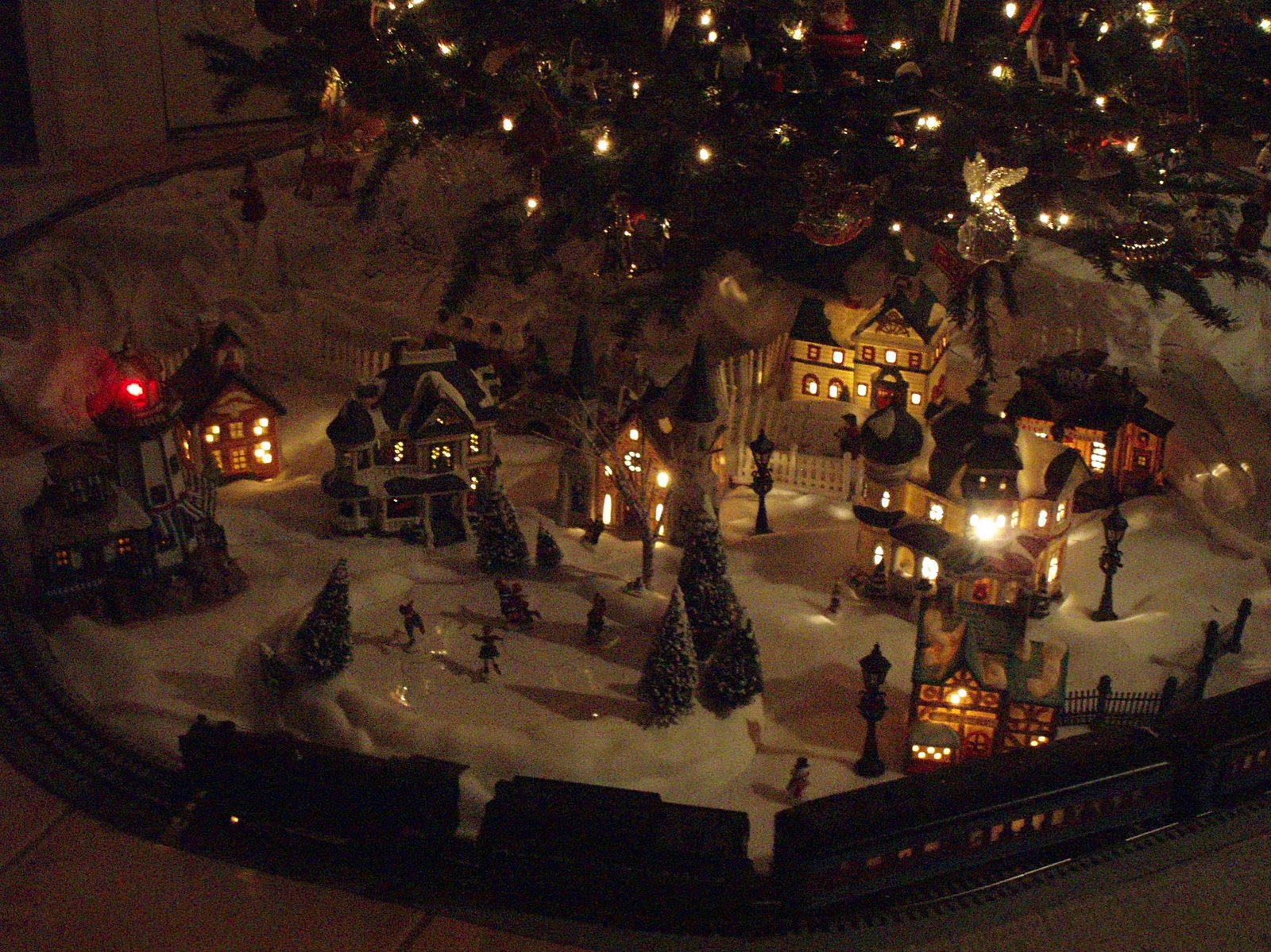


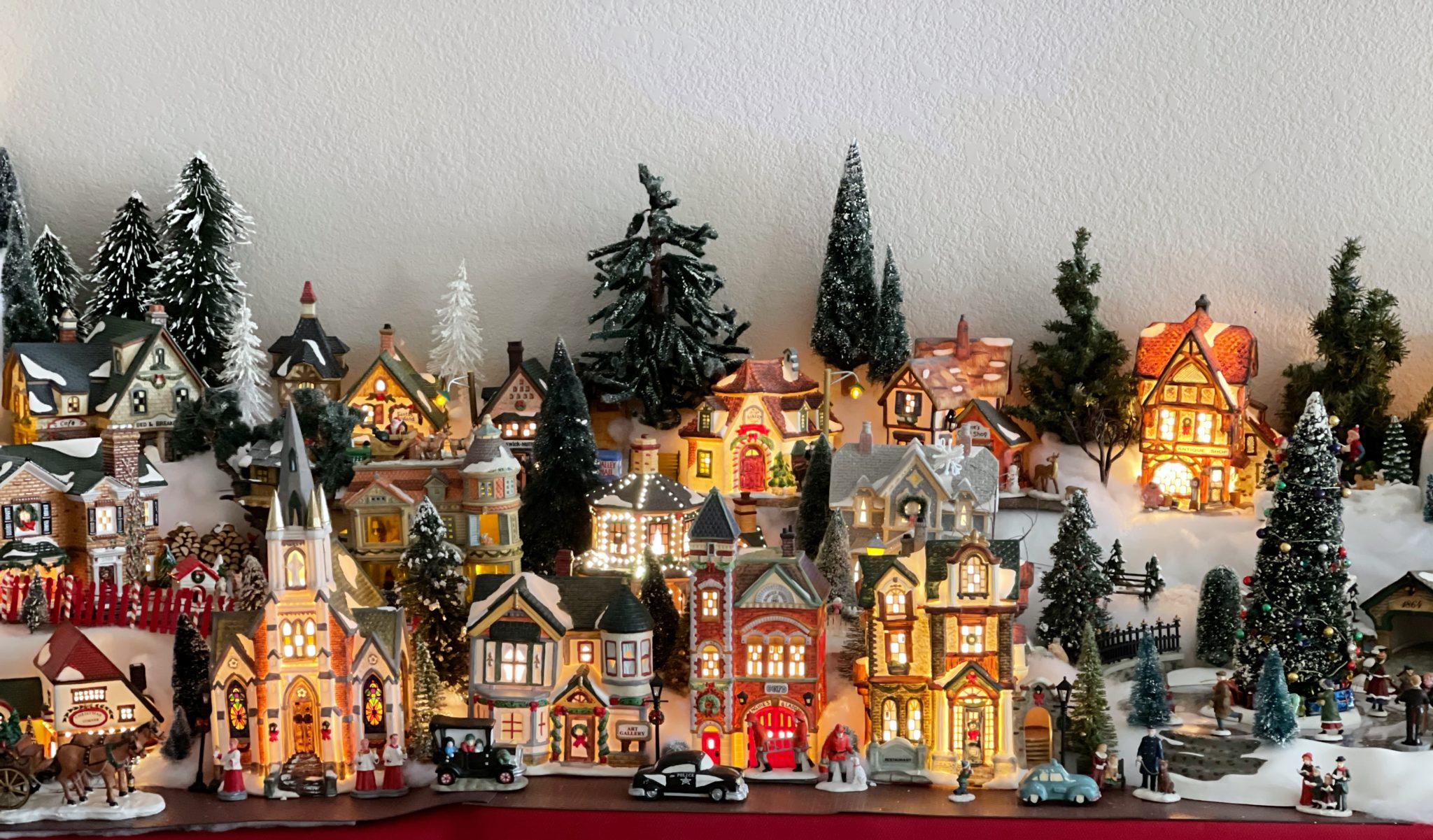
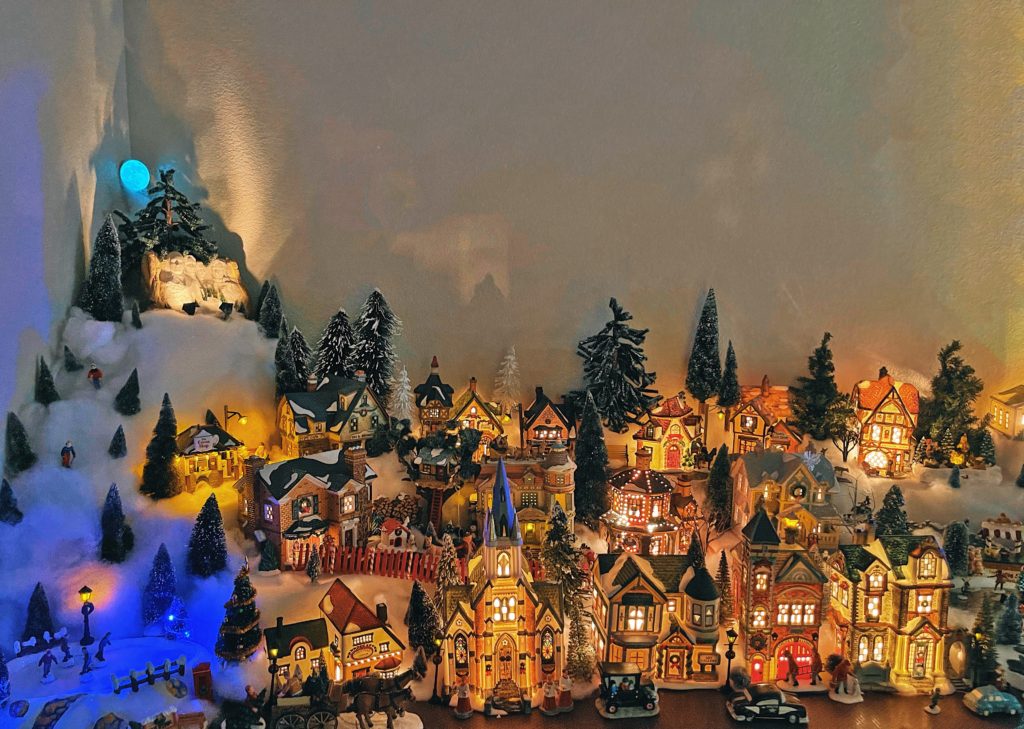

Closure
Thus, we hope this article has provided valuable insights into The Art of Miniature Worlds: A Guide to Christmas Village Layouts. We appreciate your attention to our article. See you in our next article!



